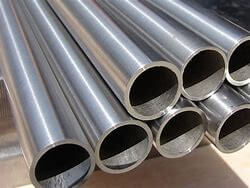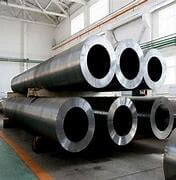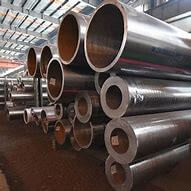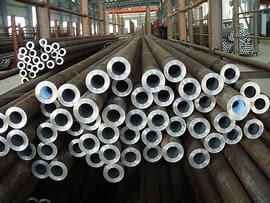Pressure testing is a method of verifying the strength and leak-tightness of a pressure vessel, piping system, or other equipment that is designed to contain pressurized fluids or gases. The purpose of pressure testing is to ensure that the equipment is safe and reliable under normal operating conditions and to identify any potential leaks or weaknesses in the system.
There are several methods of pressure testing, including hydrostatic testing, pneumatic testing, and helium leak testing. Here is a brief overview of each method:
1. Hydrostatic testing – Hydrostatic testing involves filling the equipment with water or another liquid and pressurizing it to a specified pressure. The pressure is held for a specified time while the equipment is inspected for leaks or deformations. Hydrostatic testing is commonly used for pipelines, tanks, and pressure vessels.
2. Pneumatic testing – Pneumatic testing involves pressurizing the equipment with air or another gas and holding the pressure for a specified time while the equipment is inspected for leaks or deformations. Pneumatic testing is commonly used for gas pipelines and compressed air systems.
3. Helium leak testing – Helium leak testing involves pressurizing the equipment with helium gas and using a mass spectrometer to detect any helium leaks. This method is highly sensitive and is commonly used for high-pressure systems, such as those used in the aerospace industry.
During pressure testing, it is important to ensure that the equipment is properly prepared and that all safety precautions are taken. This may include ensuring that the equipment is properly vented, that all valves and fittings are properly secured, and that all personnel are clear of the testing area.
Overall, pressure testing is a critical step in ensuring the safety and reliability of pressure equipment, and it is important to follow industry standards and manufacturer’s instructions when performing pressure testing.
There are several industry standards that provide guidelines for pressure testing of pressure equipment, piping systems, and other components. Here are some of the most common industry standards for pressure testing:
1. ASME Section VIII – Division 1 and Division 2 of the American Society of Mechanical Engineers (ASME) Boiler and Pressure Vessel Code provide guidelines for the design, fabrication, and testing of pressure vessels. Section VIII specifies the requirements for hydrostatic testing and pneumatic testing, as well as the acceptance criteria for pressure vessels.
2. API 510 – The American Petroleum Institute (API) Standard 510 provides guidelines for the inspection, repair, alteration, and pressure testing of pressure vessels used in the petroleum and chemical industries.
3. ASTM E1003 – The ASTM E1003 standard provides guidelines for the hydrostatic testing of closed aluminum alloy pressure vessels.
4. ANSI/ASNT CP-189 – The ANSI/ASNT CP-189 standard provides guidelines for the pressure testing of piping systems using hydrostatic testing, pneumatic testing, or other non-destructive testing methods.
5. ISO 10497 – The ISO 10497 standard provides guidelines for the fire testing of valves, including pressure testing under fire conditions.
Overall, the selection of the appropriate industry standard for pressure testing depends on the specific application and type of pressure equipment being tested. It is important to follow the relevant standards and guidelines to ensure that the pressure equipment is safe and reliable under normal operating conditions.




